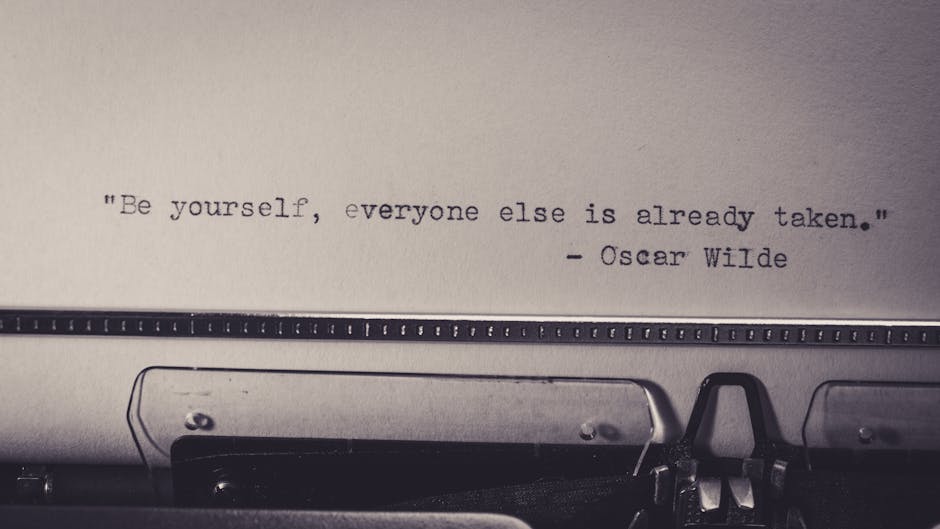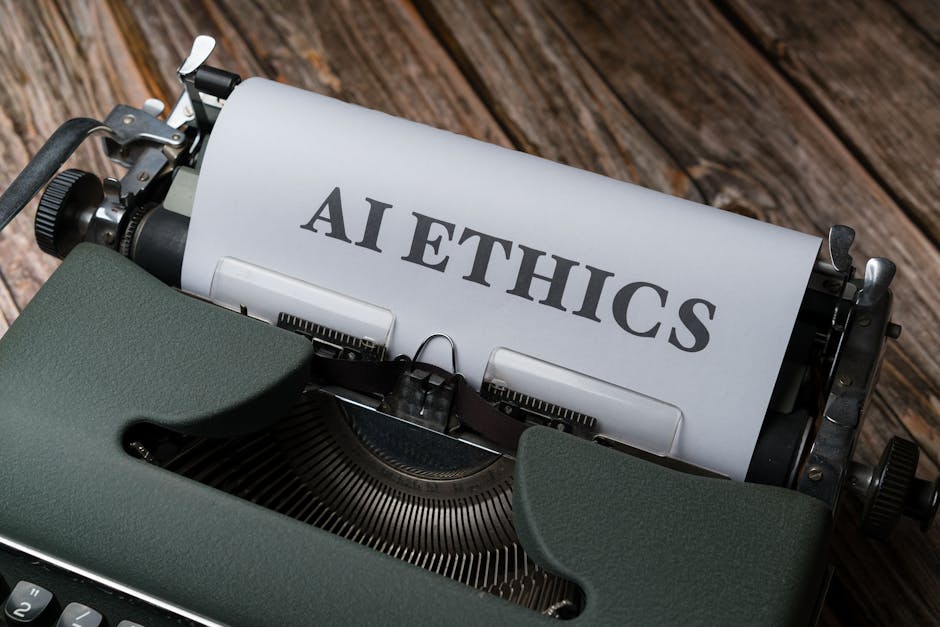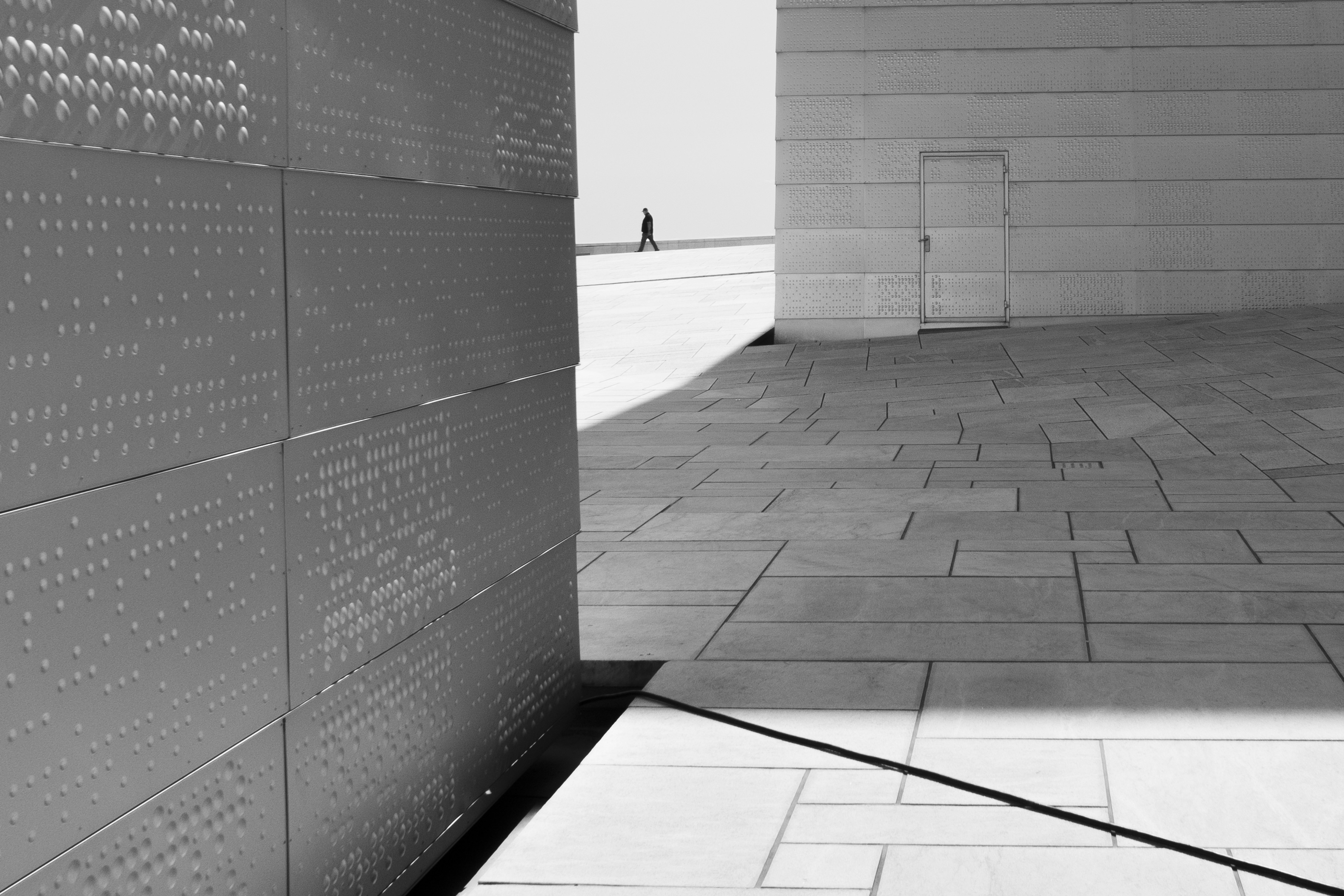Unraveling Audio Reconstruction: Voice from the Past Awaits You
In today's fast-paced digital landscape, the past often feels like a distant memory, but what if sound waves could breathe new life into history? The technology of audio reconstruction stands at the frontier of digital archiving, allowing us to digitally recreate the past by capturing the echoes of bygone eras. This fascinating technique not only connects us with our roots but also arms researchers and enthusiasts with tools to relive memories that might otherwise fade away. In this article, we will delve into the intricacies of audio reconstruction, explore various approaches, and reflect on its implications for preserving our cultural heritage.
Understanding Audio Reconstruction Techniques

Audio reconstruction is an innovative method that captures, analyzes, and replays sounds with historical significance, effectively bringing back snippets of our sonic past. This technique involves a sedentary approach—combining advanced technologies with sound engineering principles to recreate audio landscapes that have long been lost. The beauty of audio reconstruction lies in its versatility; it can be used in numerous fields, such as archaeology, anthropology, and digital archiving.
A crucial factor in successful audio reconstruction is digitization—a process in which physical sound sources are converted into digital formats. Various techniques achieve this transformation, with some common methods including:
-
Spectral Analysis: This involves examining the frequency content of sounds and using that data to recreate the original audio experience. By isolating frequencies and harmonics, researchers can piece together historical recordings with remarkable fidelity.
-
Machine Learning Algorithms: With the aid of artificial intelligence, machine learning can analyze vast datasets of audio samples, learning nuances in sound production over the years. As we leverage these algorithms, they can predict how a sound might have been produced in the past, enabling us to recreate it.
-
Sound Mapping and Placement: By understanding the acoustic properties of a particular environment, it’s possible to recreate how sounds would respond to the space around them. This technique is often employed in virtual reality environments to achieve an immersive experience.
In our exploration of these advanced techniques, it's also vital to consider their practical applications. How do these methods translate into usage in fields like cultural preservation or media production? To dive deeper into such themes, check out creating virtual time capsules that demonstrate ways to digitally save moments for decades to come.
The Role of Audio Reconstruction in Digital Archiving

Digital archiving has transformed the way we preserve and access knowledge, and audio reconstruction plays a vital role in this transformation. As digital archivists strive to maintain our shared cultural legacies, the ability to restore audio from film, radio, and oral histories provides irreplaceable context to historical narratives.
Consider the music industry—where vintage recordings often deteriorate over time. Audio reconstruction allows record labels and archivists to bring these relics back to life, ensuring that the cultural significance of these recordings is not lost. Additionally, oral history projects rely heavily on audio recordings, and the ability to reconstruct these sounds enables historians to better interpret the lives and experiences of individuals from the past.
Similarly, audio reconstruction finds itself woven into the fabric of digital ethnography. By analyzing digital recordings of interviews or community events, it preserves not only linguistic characteristics but also the acoustic environment, enriching the narrative surrounding cultural practices and societal shifts.
Applications Beyond Preservation

While the primary focus of audio reconstruction is often rooted in preservation, its applications extend far beyond. One fascinating aspect is its interplay with modern storytelling. As creators—the filmmakers, content creators, and entertainment professionals—embrace new forms of narrative, audio reconstruction offers innovative ways to engage audiences.
For example, imagine a documentary exploring the effects of climate change on indigenous tribes, supplemented by eerily authentic audio from that era. Such immersive experiences can transport viewers into another time, fostering empathy and understanding through sound. This is the power of digital storytelling today, also seen in initiatives like generative text AI projects where communities can relive their narratives through interactive digital experiences.
Moreover, the link between audio reconstruction and virtual reality (VR) proves significant. As explained in our article on creating your own VR experiences, audio reconstruction can amplify VR environments, making them feel incredibly real by accurately mapping soundscapes. This synergy enhances not just entertainment but also educational initiatives by immersing students in rich historical sound environments.
Challenges of Audio Reconstruction

Despite its promising capabilities, audio reconstruction is not devoid of challenges. The practice presents multiple hurdles related to authenticity, ethical considerations, and technical limitations.
Authenticity

With audio reconstruction, one significant challenge relates to the authenticity of recreated sounds. While technology allows us to recreate historical soundscapes, how do we ensure that these reconstructions faithfully represent the original audio experience? In essence, one must walk a fine line, ensuring that recreations do not distort or misrepresent the historical context. This concern is particularly pertinent in fields such as journalism and research, where fidelity to factual truth is paramount.
Ethical Considerations

Ethics also play a role; reconstructing audio from marginalized communities raises crucial questions. Such undertakings demand consent and cooperation from those whose stories are being amplified. Listening to their voices while concerning ourselves with audio accuracy leads to an essential dialogue about representation—an ethos at the core of modern technology’s impact.
Technical Limitations

On the technical front, audio reconstruction can be resource-intensive. High-fidelity reconstruction often requires sophisticated equipment and expertise that may not be readily available in all archival institutions. This limitation can result in inequities in access to tools and techniques, potentially influencing which narratives are preserved.
The Future of Audio Reconstruction

The path ahead for audio reconstruction is paved with potential. As technology evolves, the prospects for enhancing the fidelity and accessibility of audio experiences grow exponentially. With advancements in AI and machine learning, additional applications will likely emerge, reshaping the landscape of sound exploration further.
For example, AI-driven audio enhancement tools are in development that can automatically restore and optimize damaged audio clips. Such developments can bring vast archives of audio, especially those from the 20th century, into the light of day, allowing researchers to study them more intimately.
Furthermore, emerging collaborative platforms are creating space for community-driven audio preservation projects. Harnessing moments of cultural significance into sound archives means that diverse stories, including those from underrepresented groups, can be preserved.
By incorporating these wonders of technology, audio reconstruction can become a catalyst for broadening the narrative scope of history. Explore these possibilities further in our piece on quantum computing and its applications which illustrate technological intersections that redefine how we encounter time, history, and comprehension.
Final Thoughts

In a world where digital innovation reigns supreme, audio reconstruction stands as a bridge connecting us to our rich past with the promise of knowledge and understanding. With its seamless integration into digital archiving, media production, and cultural exploration, audio reconstruction redefines how we commune with history.
As researchers, educators, storytellers, and technologists embrace the nuances of sound waves, we might finally uncover the echo of past lives, experiences, and stories that cry out for revival. If you’re curious about how these innovations tie into societal progress, consider exploring links such as the time capsule effect in digital archiving. Through this synergy, we can harness the full spectrum of our sound legacy—transforming not just how we document memories but also how they resonate through the ages.


